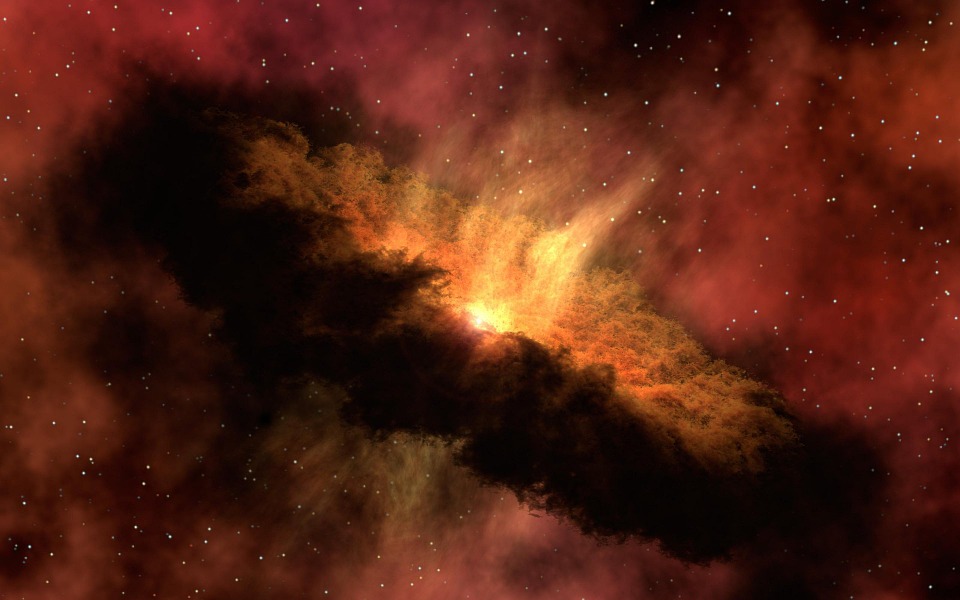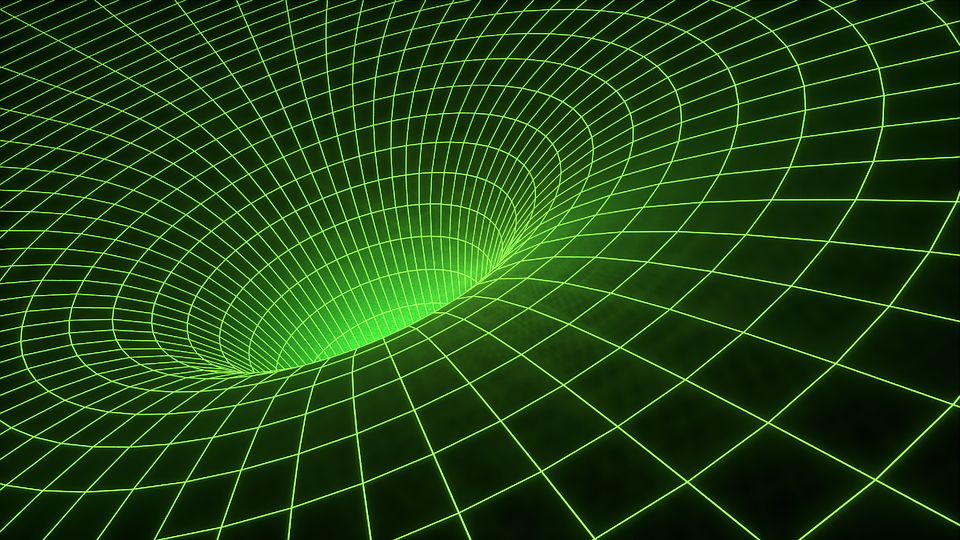
The Origin Of The Universe – The Big Bang And Steady-State Theories (Part 3)
When and how did the cosmos come into being? There is no other scientific subject that is as fundamental or that sparks such heated debate among scholars. After all, no one was present when the cosmos began, so who can tell for sure what actually occurred?
So, let’s go back to the scientific discussion!
The Origin Of The Universe – Finally, A Conclusion?

For very distant galaxies, billions of light years off, we see them as they were billions of years ago, when their characteristics were quite different. Because of these new facts, Hoyle and others have renounced the early form of the steady-state theory. Others are attempting to modify it, however.
The big-bang model has also run into difficulties. For one, the concept of all matter being compressed into one dense mass has been very difficult for present-day physics to describe or comprehend. The explosion and consequent motion of this material may be compared to the possible flights of a projectile fired off the earth’s surface. It may travel so fast that it easily escapes the earth’s gravity and moves very quickly far out into space and keeps doing so. Or, it may just barely escape the earth and keep moving very slowly on outward. Or it may never have had sufficient velocity to rise free of earth’s gravity – the projectile will eventually slow down, stop and then start falling back to earth, at increasing speed. The expanding universe may be acting similarly – expanding rapidly or comparatively very slowly or finally so slowly that expansion may halt, being overcome by the gravitational attraction of matter for matter. Then contraction sets in, as all matter begins to “fall” back, faster and faster, toward its point of origin.
At the present time, observations have not been good enough to suggest which one of the three expansion processes, described in all the three articles, may be operating in the universe. Yet, there is hope that in a few years, the answer may come (like with a 100 % guarantee this time). Large telescopes are needed for the job and there are simply not enough of them available.
Another stumbling-block to the big bang theory is the age of the universe obtained mathematically from it. It seems just too small (less than 10 billion years) for a number of very old stars, whose ages have been determined independently from the amount of nuclear fuel they are supposed to have consumed. However, proponents of the big-bang theory feel that this method of stellar dating is not yet very accurate and so they consider that it is not really a serious threat to their idea.
The present known proportion of helium in the sun and in many other stars averages about 30 per cent by weight. This agrees well with the amount predicted by the big bang theory. Big bang exponents say that the temperature of the cosmic blast first reached several billion degrees, but began to drop off after the event. At some stage many atomic nuclei began to form, including those of helium. The exact amount of early helium depends on several factors, particularly the temperatures prevailing then and now. Some trouble has been experienced in the theory in this regard. Critics also point out that the apparent agreement on present helium abundance between fact and theory may be only a coincidence and that later cosmic events influenced that the helium concentration. Much more information on the distribution of chemical elements must be obtained.
If all the findings of fireball radiation and helium abundances finally prove to be correct, it would mean that at one stage the universe was 1, 000 times smaller than it is today and at a still earlier period 300 million times smaller! Matter in this compact state could not exist as a normal atom, nor could it eventually come to form stars and galaxies, unless it exploded.
You May Also Like

Is Coffee Good for Your Brain?
2022-04-01
The Science Behind Risk Taking And Risk Aversion
2022-09-15

